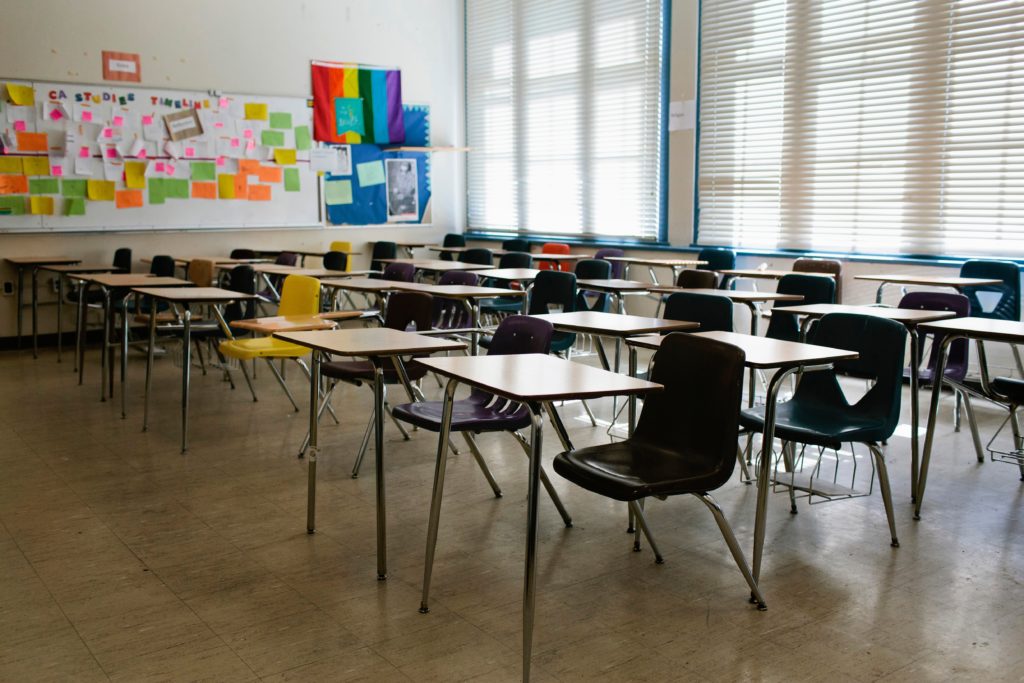Jan Resseger summarizes the judicial counterattack to the Trump administration’s efforts to criminalize DEI policies. It’s obvious that the Trump goal is to censor common practices that teach history, warts and all, as well as to kill programs that try to help Black and Hispanic students to succeed.
But the lower federal courts are getting their way. It remains to be seen whether the Trump-dominated U.S. Supreme Court will reverse the lower courts and allow Trump to restore his vision of a white-male dominated society.
Resseger writes:
Earlier this month, the Associated Press’s Collin Binkley broke a story that brought relief and satisfaction to the school superintendents and members of elected school boards across the nation’s 13,000 public school districts: “A federal judge… struck down two Trump administration actions aimed at diversity, equity and inclusion programs at the nation’s schools and universities.”
When she reported the story a few minutes later, the NY Times‘ Dana Goldstein highlighted its importance: “A federal judge dealt a sweeping setback on Thursday to President Trump’s education agenda, declaring that the administration cannot move forward with its plans to cut off federal funding from schools and colleges with diversity and equity programs.” But Goldstein cautions: “The legal back and forth is not likely to end any time soon… Eventually, it may be up to the Supreme Court to decide whether the president can interpret civil rights law to end racial equity efforts in schools.”
The new ruling is so important, however, that we must all pay attention. Binkley explains: “U.S. District Judge Stephanie Gallagher in Maryland found that the Education Department violated the law when it threatened to cut federal funding from educational institutions that continued with DEI initiatives. The guidance has been on hold since April when three federal judges blocked various portions of the Education Department’s anti-DEI measures.” Judge Gallagher’s decision followed a motion for summary judgment from two of the challengers to federal policy—the American Federation of Teachers and the American Sociological Association. Judge Gallagher is a Trump appointee.
Judge Gallagher’s decision will block the implementation of the February 14 “Dear Colleague” letter that Craig Trainor, assistant secretary in the Department of Education’s Office for Civil Rights, sent to public school, colleges, and universities, in which he tried to expand the meaning of a narrow 2023 U.S. Supreme Court affirmative action decision, Students for Fair Admissions v. Harvard, as also banning any public school programs or policies designed to achieve diversity, equity and inclusion.
Thursday’s decision will also block the enforcement of the Trump administration’s April 3, 2025 demand that state education agencies and every one of the nation’s 13,000 public school districts sign a certificate promising they had eliminated all programs and policies aimed at achieving DEI. On April 3rd, the Department of Education threatened to halt federal funding, including Title I funding for public schools serving concentrations of poor children, for schools that refused to follow its order to eliminate DEI.
Goldstein adds that the new decision, “will not lead to immediate changes for schools or colleges, because the administration’s anti-D.E.I. efforts had already been temporarily paused by Judge Gallagher and two other federal judges in April.” The new decision will, however, ease fear among thousands of public school leaders who have been wrestling with what has seemed a looming threat from the federal government. Some school districts have already submitted to the federal government’s threats by cancelling programs aimed at reaching students who have historically been left out or left behind.
Binkley and Goldstein both do an excellent job of exploring what the Trump administration seems to mean but never explicitly defines when it condemns its own twisted redefinition of “diversity, equity, and inclusion.” While most educators and citizens would like public schools to welcome all students inclusively, to treat students equitably, and to ensure that no children are excluded, the Trump administration has instead tried to turn programs based on these principles into crimes.
Binkley explains that the federal guidance, “amounted to a full-scale reframing of the government’s approach to civil rights in education. It took aim at policies that were created to address longstanding racial disparities, saying those practices were their own form of discrimination.”
Goldstein writes: “While there is no single definition of D.E.I., the Trump administration has indicated that it considers many common K-12 racial equity efforts to fall under the category and to be illegal. Those include directing tutoring toward struggling students of specific races, such as Black boys; teaching lessons on concepts such as white privilege; and trying to recruit a more racially diverse set of teachers. The administration has also warned colleges that they may not establish scholarship programs or prizes that are intended for students of specific races, or require students to participate in ‘racially charged’ orientation programs… The administration had also argued that because the Supreme Court overturned affirmative action in college admissions in 2023, all racially conscious education programs are illegal.” Goldstein concludes: “But those legal interpretations were novel and untested. Judge Gallagher rejected them, writing that the (2023) anti-affirmative action ruling ‘certainly does not proscribe any particular classroom speech or relate at all to curricular choices.’ ”
In her decision on Thursday, Judge Gallagher declared the Trump administration’s ban on “diversity, equity and inclusion” an unconstitutional violation of the First Amendment’s protection of free speech. Goldstein reports: “In a strongly worded ruling, Judge Stephanie Gallagher… wrote that the administration had not followed proper administrative procedure, and said that its plan was unconstitutional, in part because it risked constraining educators’ free speech rights in the classroom.”
Soon after the Trump administration’s April 3rd letter threatening public school funding including Title I dollars, constitutional law professor Derek Black explained that the April 3rd letter clearly violates the First Amendment protection of free speech, as decided in a landmark, 1943 decision, West Virginia State Board of Education v. Barnette. The case involved a widespread requirement in the 1940s that public schools punish or expel students who refused to say “The Pledge of Allegiance.”
Here is how Yale Law School Professor Justin Driver describes the significance of that case in his book, The School-House Gate: Public Education, The Supreme Court, and the Battle for the American Mind:
“Barnette stands out for making three primary substantive innovations that appear at the intersection of constitutional law and education law. First, as a matter of constitutional doctrine, Justice (Robert) Jackson dramatically reconceptualized the requirement (that all students recite the “Pledge”) as raising a question not about the First Amendment’s freedom of religion but about the First Amendment’s freedom of speech… whether people of all backgrounds have an interest in avoiding government-compelled speech…. Jackson suggested that tolerating nonconformity, and even dissidence, was essential to enabling this unusually diverse nation to function.”
Driver quotes Justice Robert Jackson’s decision in the Barnette case: “If there is any fixed star in our constitutional constellation, it is that no official, high or petty, can prescribe what shall be orthodox in politics, nationalism, religion, or any other matters of opinion or force citizens to confess by word or act their faith therein.” (Justin Driver, The School-House Gate, pp. 65-66)




